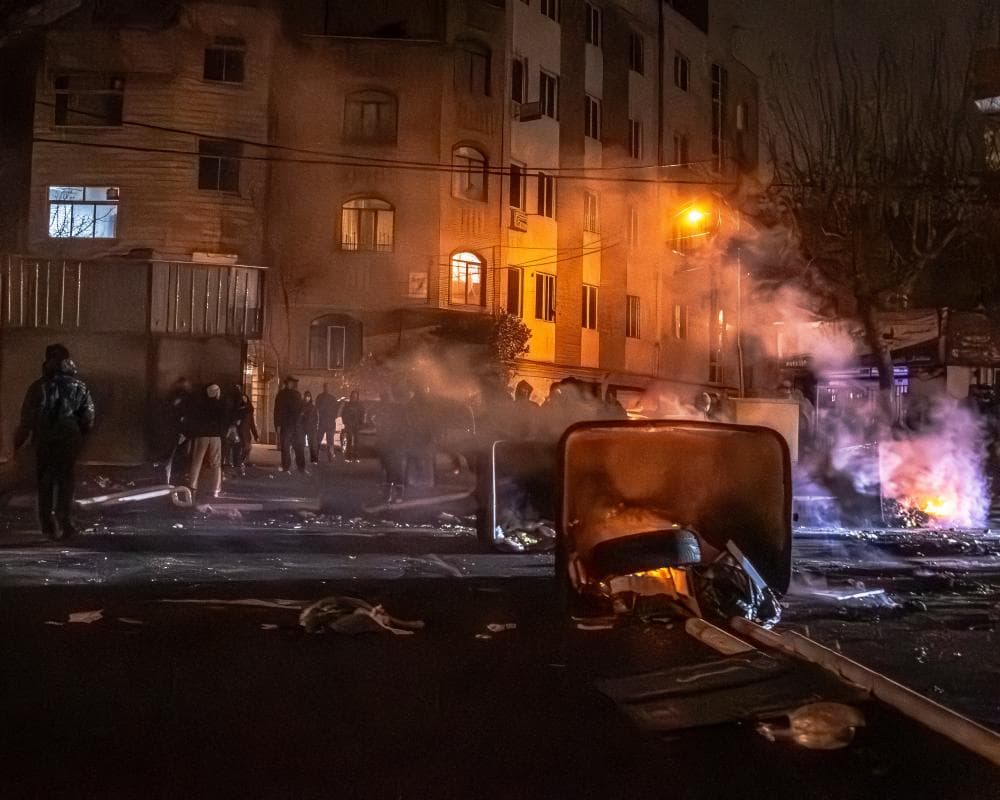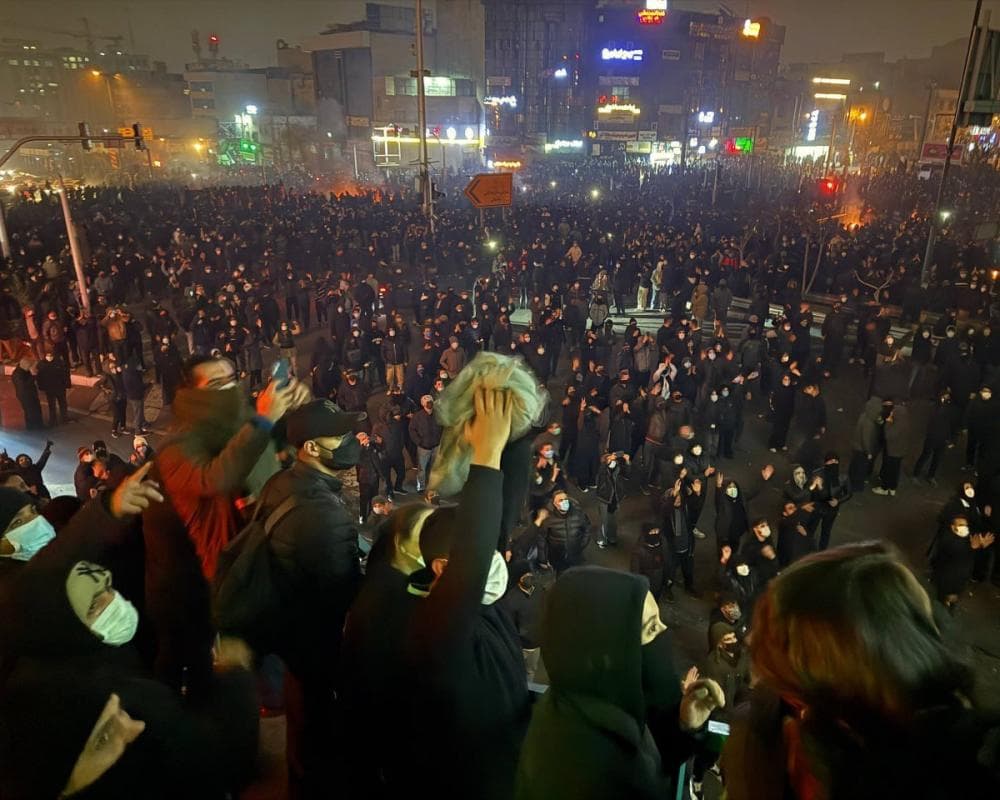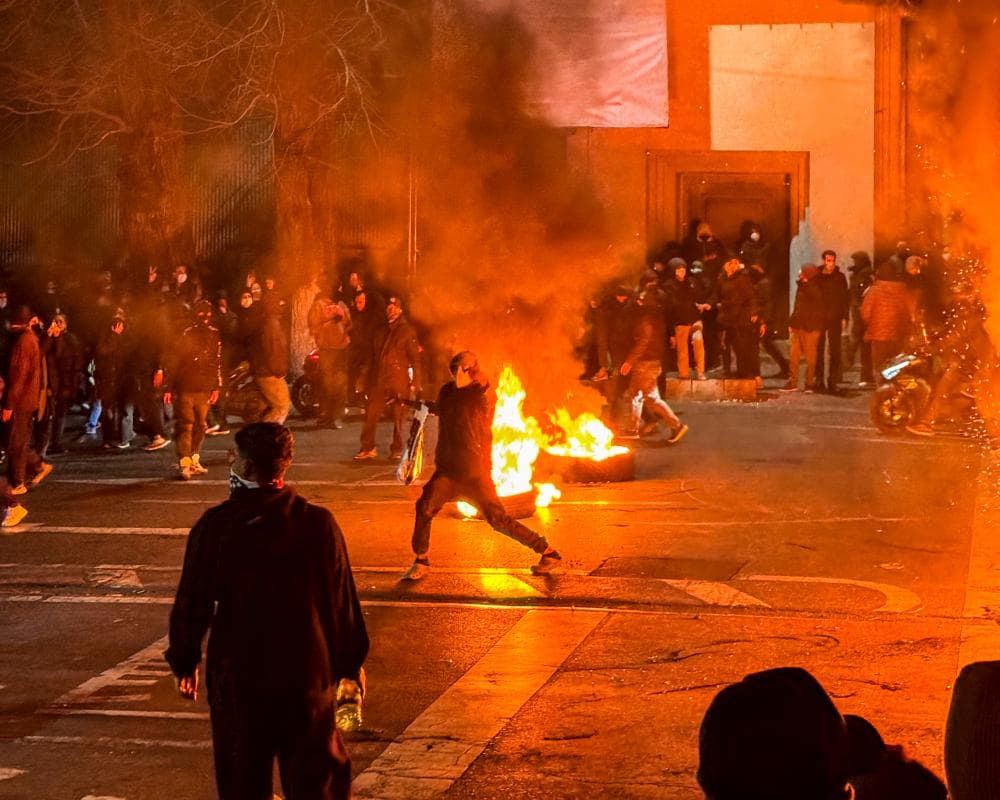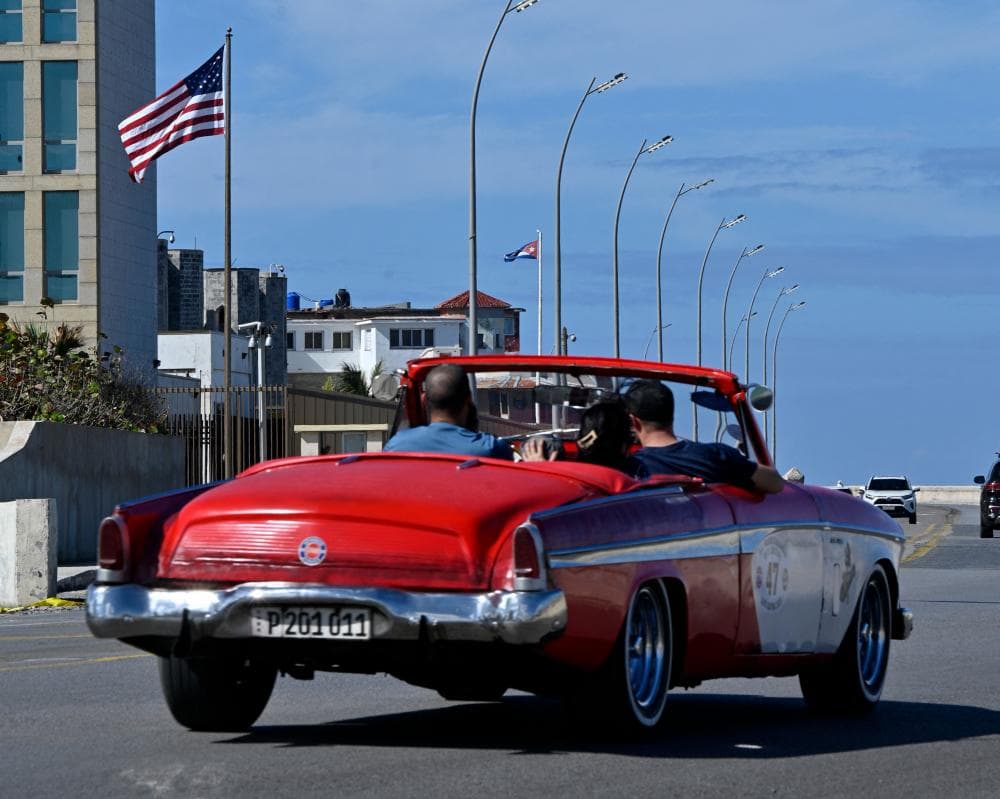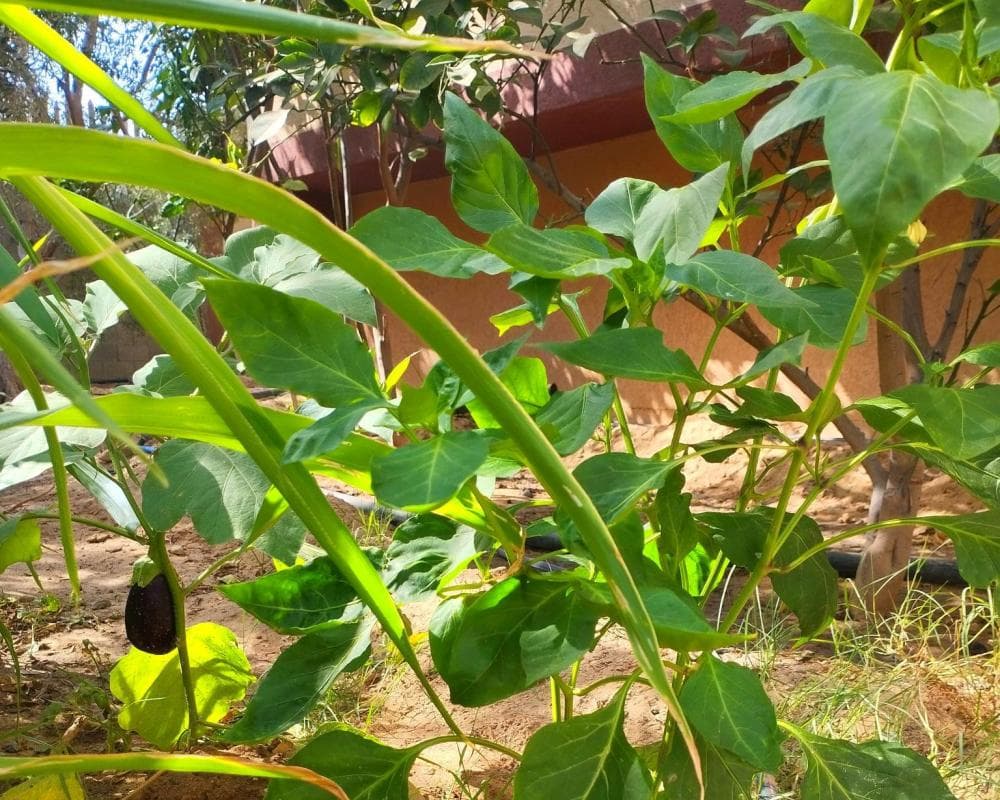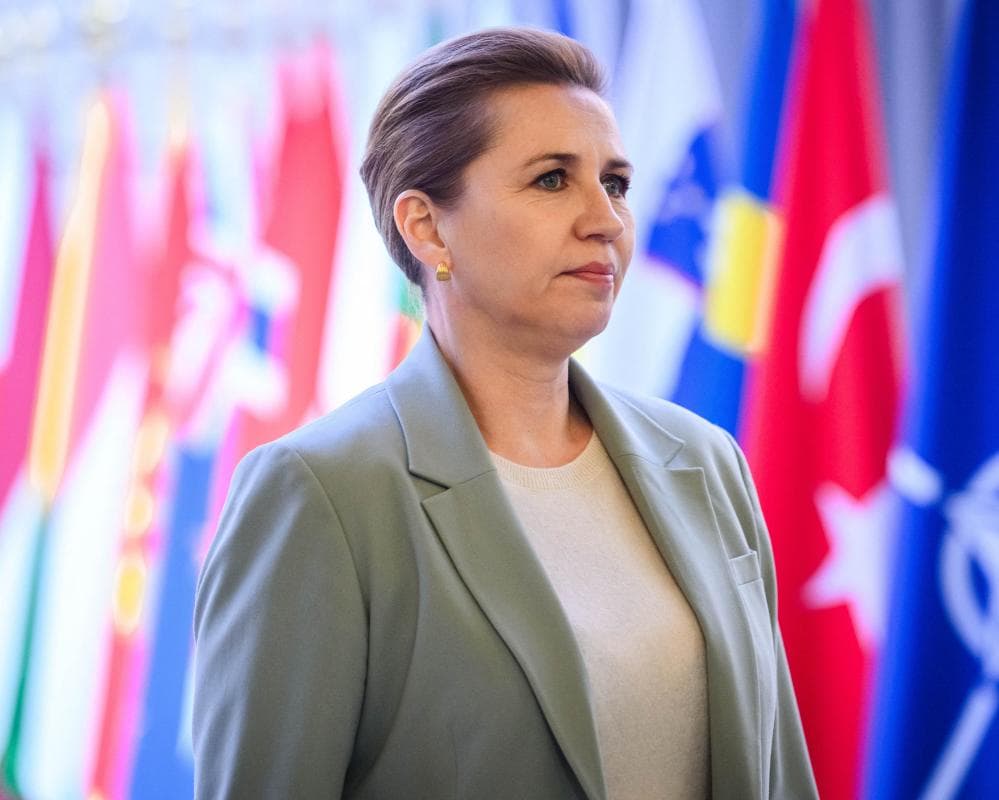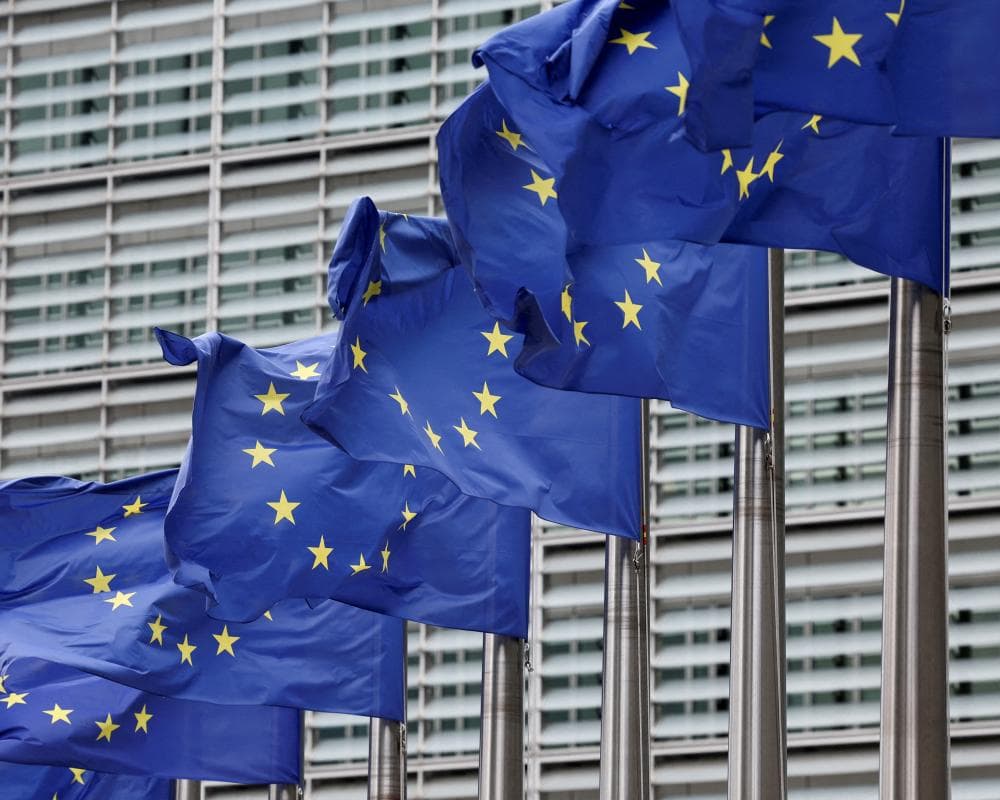‘The streets are full of blood’: Iranian protests gather momentum as regime cracks down
Sarah felt she had little left to lose. A 50-year-old entrepreneur in Tehran, she watched as prices soared higher while her freedoms shrank each year. So, when protesters started gathering in the high-end Andarzgoo neighbourhood of Tehran on Saturday night, she was quick to join them. In a video sent to the Guardian via her cousin who lives abroad, people walk through the street, joyous, despite a halo of teargas hanging over their heads. The crowd was mixed, with families, elderly people and men walking side by side. The mood was calm, until security forces approached, raised their assault rifles and began to shoot at the unarmed protesters at close range. The next video she sent was hurried. “Shameless!” she repeated again and again as she drove away, the crackle of gunshots audible as people hurry past. On Thursday, Iran went dark. Authorities shut down the internet and the ability to call abroad, cutting the country off from the rest of the world. The government’s rhetoric, initially conciliatory, quickly changed. Gone were the offers of dialogue, replaced by threats of death sentences for protesters, who the government accused of being backed by Israel and the US. What happened next was documented in grainy videos and panicked messages ferried out of the country by activists who managed to grab a momentary Starlink connection before GPS scrambling shut their line down. Crowds of thousands have marched across the country each night, chanting “death to the dictator”, a reference to Iran’s supreme leader, Ayatollah Ali Khamenei, and for the return of the Pahlavi dynasty, which ruled Iran before the 1979 revolution. A 19-year-old student activist said on Friday: “We are marching in thousands tonight. I saw children on the shoulders of their parents, a grandmother chanting ‘Death to Khamenei’ while she’s decked up in a chador [black robe]. Do you realise how significant this is?” The protest movement, which started as a modest demonstration by shopkeepers in Tehran against a sudden depreciation of the country’s currency on 28 December, rapidly moved beyond the government’s control. As the Iranian president, Masoud Pezeshkian, called for dialogue, cautioning that government action could cause inflation to rise even further, signs of a crackdown by security forces started to appear. Video emerged of riot police breaking into a hospital treating wounded protesters in the western province of Ilam on 4 January, shocking Iranians, who were outraged at the beating of patients and doctors. At least 538 people have been killed in the violence surrounding demonstrations, according to the US-based Human Rights Activists News Agency, including 490 protesters. The group reported that more than 10,600 people had been arrested by Iranian authorities. Earlier, Amnesty International and Human Rights Watch documented at least 28 people killed by authorities between 31 December and 3 January, with some shot with rifles and shotguns loaded with metal pellets. Pezeshkian called for an investigation into the hospital raid and other alleged ill-treatment by security forces and, unlike other Iranian officials, said that the Iranian government bore responsibility for demonstrators’ grievances, not foreign powers. His promises of accountability was not enough to satisfy Iranians, and crowds grew. They were incensed by the blatant use of force against demonstrations, a pattern they saw in previous protest movements in 2009, 2019 and 2022. Soran, a protester from the western city of Kermanshah, said on Wednesday: “We have seen for decades how government forces use maximum violence towards us during crackdowns and this time is no different. They are shooting at anyone and everyone.” Watching from outside Iran, diaspora and opposition figures began to think the protests held real promise for toppling the Iranian regime. On Thursday, Reza Pahlavi, the son of the late shah of Iran who was expelled during the 1979 revolution, called for unified protests in the country. At 8pm on Thursday, Iranians across the country should chant from their windows and rooftops, Pahvlavi said, adding that he would announce next steps depending on the on-the-ground response to his call. Iranian authorities heard the call. At about 8pm on Thursday, they shut down the internet. Despite the blackout, a few videos showed massive crowds in the streets, many of them chanting in support of Pahlavi. There on the streets, they found security forces waiting for them. With the information flow out of Iran slowing to a trickle, authorities began to use force drastically. Mahsa, a 28-year-old journalist from Mashhad, said on Thursday before her phone connection disappeared: “They’re charging at crowds in vans and bikes. I have seen them slowing down and deliberately shooting at people’s faces. Many have been injured. The streets are full of blood. I fear I am about to witness a sea of dead people.” As the streets of Iran erupted into protest, Iran’s foreign minister, Abbas Araghchi, visited Beirut. On Friday night he sat in the Crowne Plaza hotel for a discussion and a signing of his recently published memoir, The Power of Negotiation. During the discussion, he brushed off concerns that the protests were of great significance, saying that like in any other country, grievances around prices are sometimes aired in public. “Trump has deployed the national guard in his own country. We saw how border police [ICE] killed a woman. But if Iran does this, if even a single bullet is fired, that people want to come rescue them,” the foreign minister said, ending the discussion to sign copies of his book. Back in Iran, protesters reported otherwise. A demonstrator who gathered in the Tajrish Arg neighbourhood detailed how snipers were firing at crowds, saying that he saw “hundreds of bodies” in the streets. A picture of two Irans began to emerge. During the day, state TV and official government bodies projected an air of normalcy, airing pro-government demonstrations and footage of people going about their business in neighbourhoods that were free of any protest actions. At night, videos of protests raging through the streets leaked to the rest of the world, brought out at great effort by activists and shared with the Iranian diaspora abroad. Videos showed protesters braving the crackdown, with thousands marching through the streets across the country despite facing what appeared to be live fire from authorities. The true picture of the scale of protests was hard to discern, as only a few people could evade the internet blackout in Iran. Diaspora and opposition figures abroad amplified the few videos that emerged from the country, proclaiming that the end of the regime was near. What little testimony came out of the country was harrowing. A protester from Tehran dashed off a message on Friday, saying that they had been beaten with sticks and watched as authorities fired live ammunition into crowds. The number of killed was “very high”, they said, before going offline again. Video of bodies lying on a hospital floor in Tehran emerged on Friday, as human rights groups said that though they could not properly document each death, they feared massacres had been committed. On Sunday, a video of a large medical warehouse outside a makeshift morgue in the Kahrizak area of Tehran made its way to social media, bodybags stacked inside and lining an adjacent courtyard. Families gathered around a television screen, waiting with grim anticipation as a slideshow of brutalised faces appeared on their screen. The wailing of women could be heard in the background as people lifted the black plastic sheeting covering the dead. State TV insisted the bodybags contained people killed by protesters, claiming autopsies had shown bodies with stab wounds, not bullets. Emerging reports of bloodshed made its way to Washington, where Donald Trump doubled down on his threat to intervene militarily in Iran if the government killed protesters. The US president said on his Truth Social platform on Saturday night: “Iran is looking at FREEDOM, perhaps like never before. The USA stands ready to help!” He was reportedly mulling over military options for a strike on Iran. The external threat only seemed to harden Iranian authorities’ stance against protesters, and fed into their narrative that the west was behind the protests. Iran’s police carried out arrests of protest figures; while its speaker of the parliament said it might strike the US or Israel in the case of US military intervention. Protests continued despite the crackdown, settling into a rhythm by Sunday, demonstrators gathering in the streets and rallying under the cover of night. The world watched as the Iranian people protested, unable to send their support to the demonstrators who were cut off from outside contact. A protester from Tehran said: “With great difficulty, thousands of us managed to get online so I could get the news to you. We’re standing up for a revolution, but we need help.”
